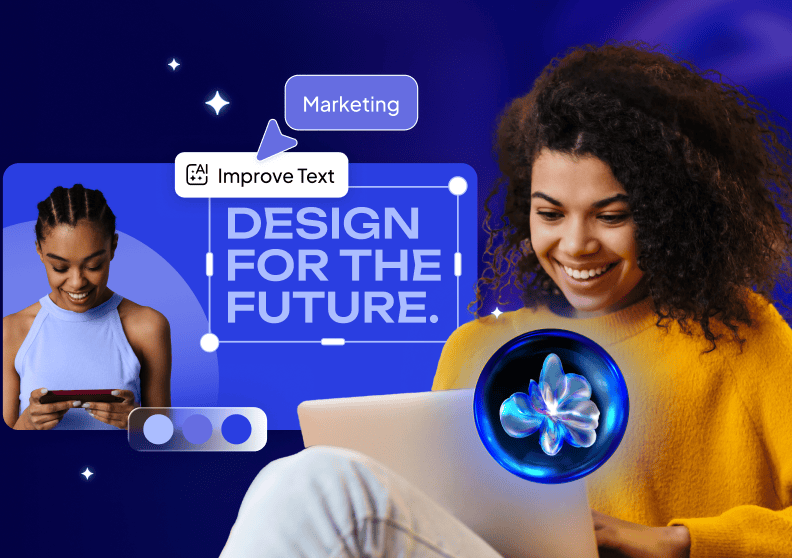Revolutionizing Design: How AI Empowers Creative Industries
Introduction to AI in Design
As we delve into the digital age, artificial intelligence (AI) is reshaping industries, and professional services firms are no exception. Among its many applications, AI’s role in design has emerged as a revolutionary tool, empowering companies to create more with less. But how exactly is AI becoming the new designer in the room? Let’s explore this transformative trend.
The Transformative Power of AI in Design
The Rise of AI Design Tools
In recent years, AI-driven design tools have become increasingly sophisticated, offering functionalities that streamline the creative process and elevate output quality. These tools can:
- Analyze vast datasets to predict design trends.
- Automate routine tasks, allowing designers to focus on creative aspects.
- Generate multiple design iterations quickly to expedite decision-making.
Enhancing Creativity and Efficiency
AI does not replace human creativity; it enhances it. By taking over tedious tasks, designers are free to pursue innovative ideas and complex projects. This synergy between human creativity and machine efficiency paves the way for unprecedented levels of productivity and innovation in design within professional services firms.
Case Studies: AI’s Impact on Professional Services Firms
To understand the practical implications of AI in design, consider these real-world examples:
- A law firm utilizes an AI-powered logo generator to refresh its brand identity quickly.
- An accounting firm employs AI to automate the layout and design of its annual reports, saving weeks of manual work.
- A consulting firm leverages machine learning algorithms to analyze client data and produce visually engaging infographics that highlight key insights.
Conclusion: Embracing AI as a Partner in Design
The integration of AI into the design processes of professional services firms heralds a new era of creativity and efficiency. As AI continues to evolve, its capacity to act as a collaborative partner rather than a replacement for human designers will only strengthen. The future of design is here, and it is collaborative, innovative, and driven by artificial intelligence.








